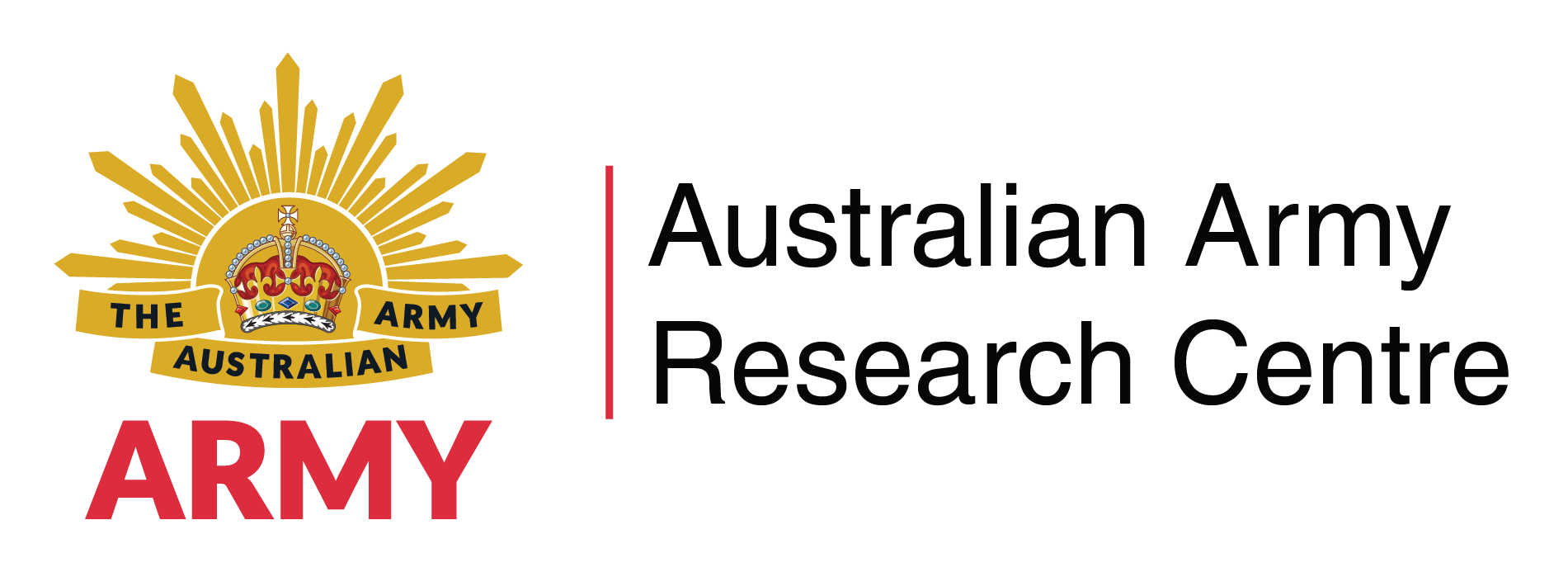Search
Using the filters to the left, click your selection, it will become bold and filter the results, click it again to remove that filter.
Abstract This article describes our approach to developing and employing concepts to guide innovation efforts and investment for future dismounted combat teams, including a discussion of two possible future concepts. Our approach is underpinned by the philosophy that innovation should be guided by clear, conceptual aiming points in order to achieve step change in combined arms capability. We suggest this requires concepts to provide sufficient detail for a tactical setting, link to strategic guidance, and …
Abstract The informal, part-time military formations of the Australian Militia between 1930 and 1945 are an understudied aspect of military history. Part of the Australian Military Forces (AMF) (the predecessor to the Australian Army), the Militia never achieved its key founding objective: to be a sufficient force for defending territorial Australia. Official and academic accounts of the organisation are largely critical, depicting it as a victim of poor government planning and cost-cutting. However, these …
There is a difference between requiring an individual or a team to think creatively about a problem and allowing an individual or team to use creativity to solve a problem. The former is as useful as telling someone to innovate without providing them with a licence to fail; the latter enables them to apply the resources available in novel ways to achieve the mission. Creativity is a process, not an output. The recent reforms in joint professional military education (JPME), begun under the Ryan Review in …
If you were to ask any soldier if the Australian Army should lower its standards in order to allow more women to join, you would receive a resounding ‘no’. From recruit to RSM, although diplomacy may vary, no soldier would be willing to argue that the standards developed to reflect job requirements within the Army should be reduced. As biscuit company Arnott’s says, ‘there is no substitute for quality’. However, in 2012, Defence senior leadership made a unified statement of cultural change through the …
Abstract In November 2020, Rifle Company Butterworth (RCB) will celebrate the 50th anniversary of the first infantry company deployment to Royal Malaysian Air Force Base Butterworth. This longstanding deployment has contributed to the training and development of nearly 25,000 soldiers who have gained the essential skills required to operate in complex jungle environments. While RCB’s 50th anniversary is a conspicuous achievement, it is part of a larger story of the Army’s involvement in Malaya and then …
Abstract In late 2019, the Australian Minister of Defence Industry commissioned a review into the Centre of Defence Industry Capability to be conducted in early 2020. This article contributes to the broader discussion on the way the Defence Innovation Hub and Next Generation Technology Fund have performed from the perspective of an Australian Army officer. Under headings borrowed from key statements in Army’s futures statement Accelerated Warfare, this article will discuss how centralising innovation …
Abstract The Australian Army is facing a shifting operational landscape, where nation state actors are pushing boundaries in cyberspace. Largely the approach by the Australian Army to protect its networks within cyberspace has followed the broader Australian community and government by prioritising information assurance and reacting with defensive actions. This article contends that this approach is not suitable in modern warfare as it essentially cedes the initiative to the enemy and may be missing the …
The war with Japan had been enacted in the game rooms at the War College by so many people and in so many different ways that nothing that happened during the war was a surprise … except the kamikaze tactics toward the end of the war. We had not visualized these. Fleet Admiral Nimitz 1 Abstract Unrestricted wargames can build confidence, test mental models, and provide a method to create military experiences outside of live exercises and direct combat operations. By pitting an individual or group against …
Abstract Historically, the Australian Army has been precluded from a role in deterrence, but recent documents indicate that the Australian Government no longer wants its Army occupying a strategic backseat when it comes to deterring actions against Australia’s interests. At the same time, integrating mobile long-range, land-based rocket artillery will be inherently complicated, and needs a strategic community of teams to forge these systems into an accepted and credible deterrent. In moving to ‘ride …
Abstract As a Military Self Defence Instructor, I have noted over the last five years a variation in levels of enthusiasm towards this fundamental skill set. Commanders and Physical Training Instructors alike have demonstrated everything from willing acceptance to total indifference. This article aims to generate discussion at all rank levels as to the success or not of Military Self Defence within the Australian Defence Force, to look critically at what has been achieved and, most importantly, propose …
